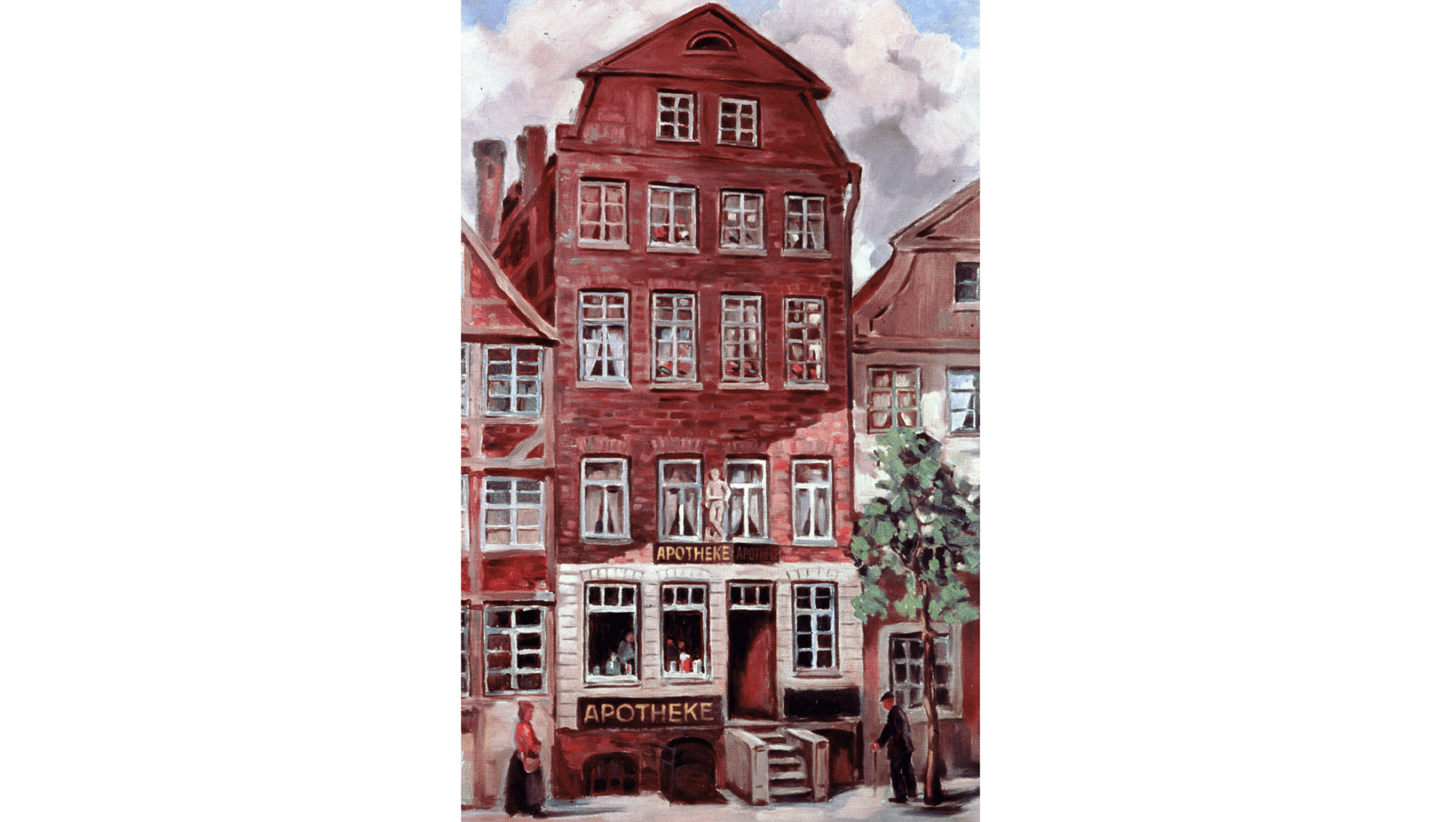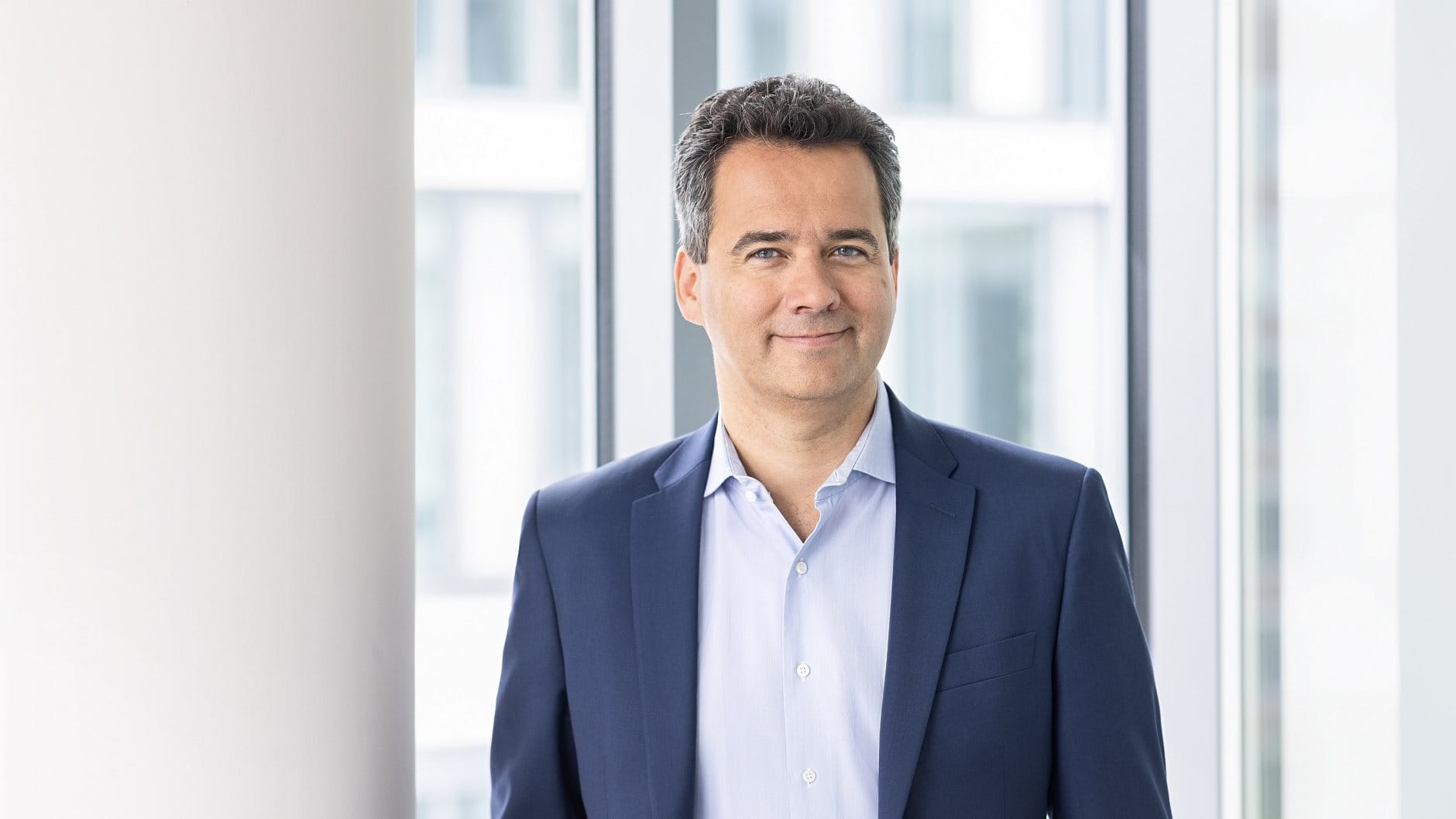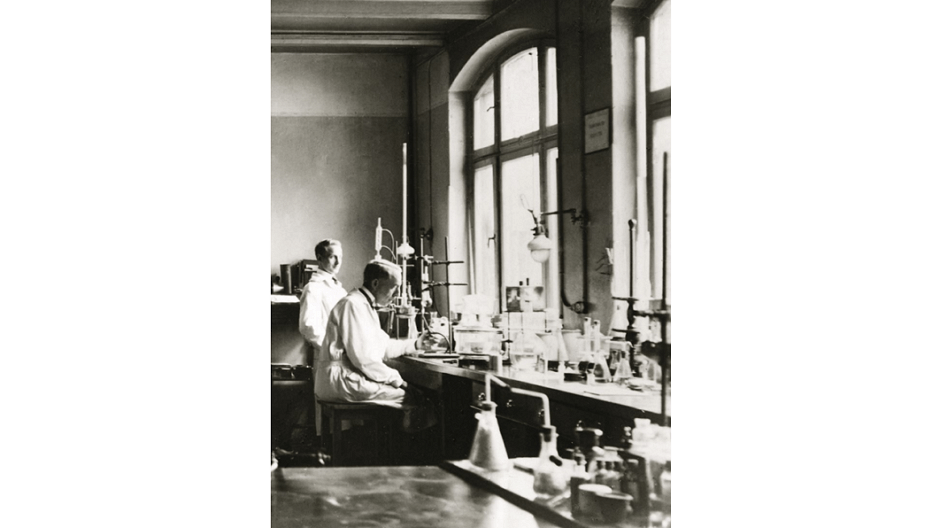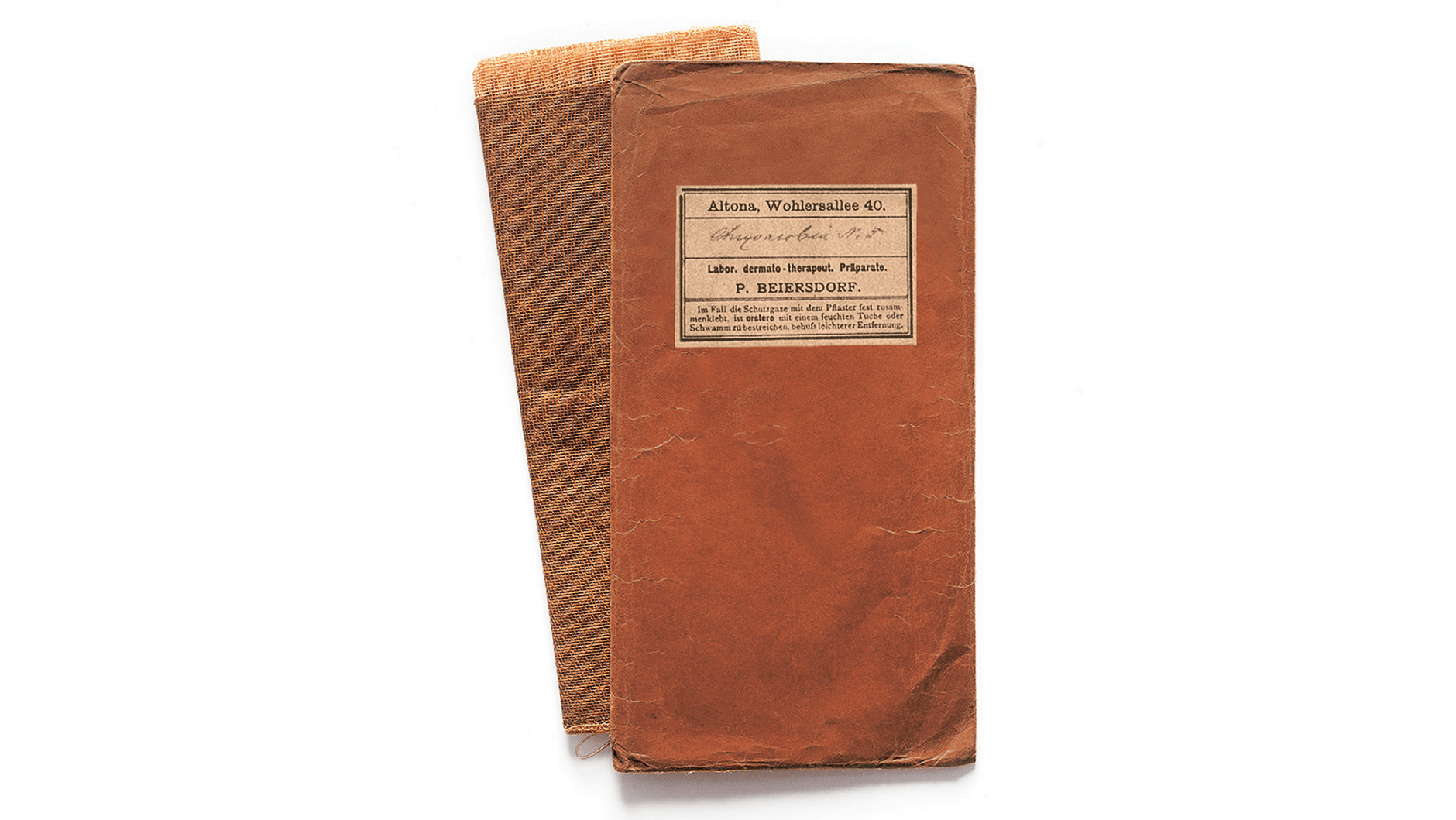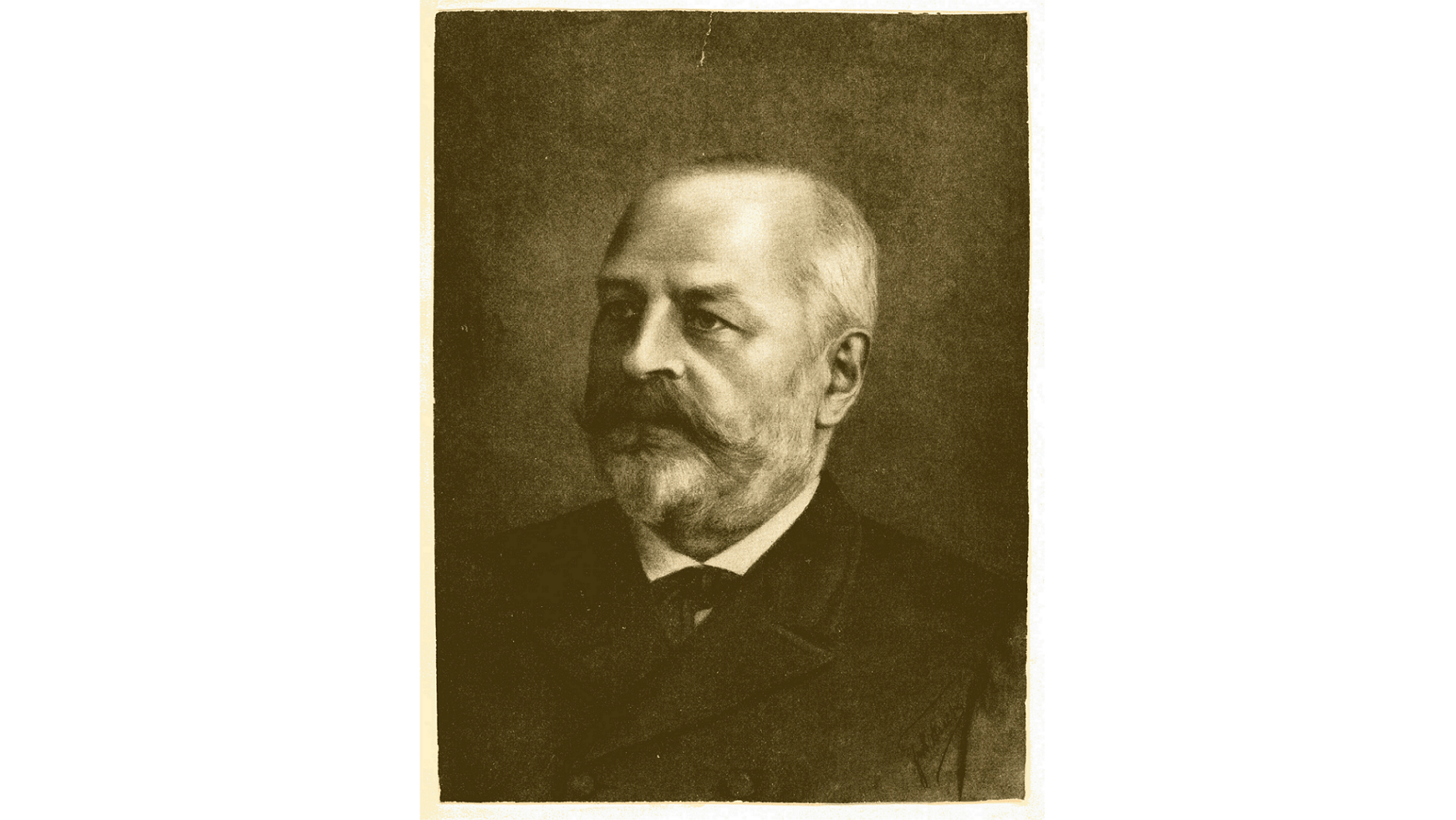
In 1880, the 44-year-old pharmacist, Paul C. Beiersdorf, moved from Silesia to Hamburg to build a new life for himself and his family. At the time, the streets and paths were still used by horse-drawn carriages and sailing ships dominated the harbor scene.
The Speicherstadt that is so famous today hadn’t even been built yet and the area around the “Michel” – where Beiersdorf wanted to begin his new livelihood with a pharmacy – was a working-class neighborhood. The life expectancy in this part of the city was supposedly still under the average of the German Empire at the time – barely 40 years.

